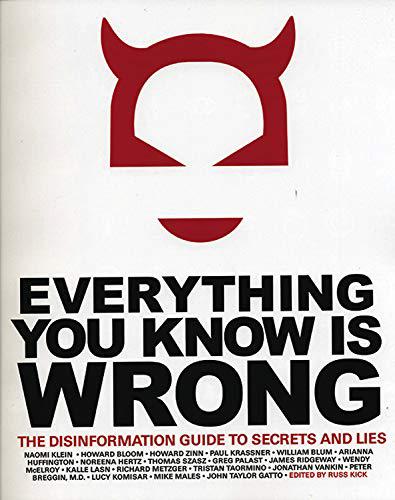But we’ve been telling the same story about Arpanet and the web for 25 years, and it isn’t satisfying anymore. It doesn’t help us understand the social internet we have now: It doesn’t explain the emergence of commercial social media, it can’t solve the problems of platformization, and it won’t help us to imagine what comes after.
Today’s social media ecosystem functions more like the modem world of the late 1980s and early 1990s than like the open social web of the early 21st century. It is an archipelago of proprietary platforms, imperfectly connected at their borders. Any gateways that do exist are subject to change at a moment’s notice. Worse, users have little recourse, the platforms shirk accountability, and states are hesitant to intervene.

Before the widespread adoption of internet email, people complained about having to print up business cards with half a dozen different addresses: inscrutable sequences of letters, numbers, and symbols representing them on CompuServe, GEnie, AOL, Delphi, MCI Mail, and so on. Today, we find ourselves in the same situation. From nail salons to cereal boxes, the visual environment is littered with the logos of incompatible social media brands. Facebook, Google, Twitter, and Instagram are the new walled gardens, throwbacks to the late 1980s.
In recent years, it has become commonplace to blame social media for all our problems. There are good reasons for this. After decades of techno-optimism, a reckoning came due. But I am troubled by how often people—not platforms—are the object of this criticism. We’re told that social media is making us vapid, stupid, intolerant, and depressed, that we should be ashamed to take pleasure from social media, that we are “hardwired” to act against our own best interest. Our basic desire to connect is pathologized, as if we should take the blame for our own subjugation. I call shenanigans.
People aren’t the problem. The problem is the platforms. By looking at the history of the modem world, we can begin to extricate the technologies of sociality from what we’ve come to call “social media.” Underlying many of the problems we associate with social media are failures of creativity and care. Ironically, for an industry that prides itself on innovation, platform providers have failed to develop business models and operational structures that can sustain healthy human communities.
Silicon Valley did not invent “social media.” Everyday people made the internet social. Time and again, users adapted networked computers for communication between people. In the 1970s, the Arpanet enabled remote access to expensive computers, but users made email its killer app. In the 1980s, the Source and CompuServe offered troves of news and financial data, but users spent all their time talking to one another on forums and in chat rooms. And in the 1990s, the web was designed for publishing documents, but users created conversational guest books and message boards. The desire to connect with one another is fundamental. We should not apologize for the pleasures of being online together.
Commercial social media platforms are of a more recent origin. Major services like Facebook formed around 2005, more than a quarter-century after the first BBSs came online. Their business was the enclosure of the social web, the extraction of personal data, and the promise of personalized advertising. Through clever interface design and the strategic application of venture capital, platform providers succeeded in expanding access to the online world. Today, more people can get online and find one another than was ever possible in the days of AOL or FidoNet.




